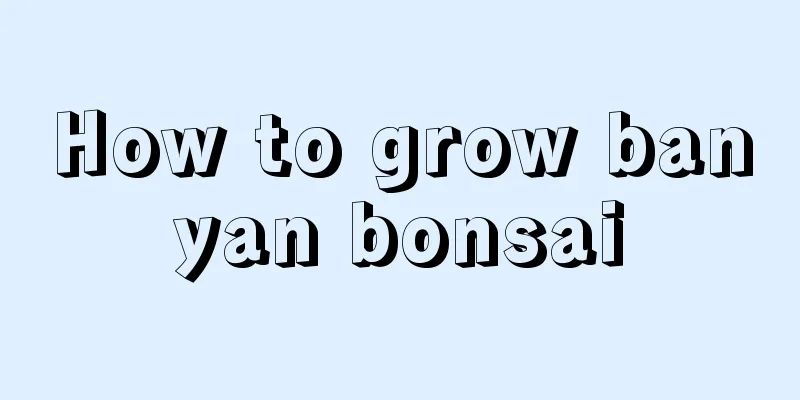How to plant blood-replenishing grass

Soil and fertilizer selection for LimoniumLimonium requires loose soil. You can choose sterilized leaf mold or mix peat and perlite in a 1:1 ratio. Limonium has a high demand for boron, so adding borax to the base fertilizer can effectively regulate soil fertility while adjusting soil pH. Top dressing can be done by indirect application of diluted bean cake water and quick-acting nitrogen, phosphorus and potassium.Temperature Control of LimoniumAfter sowing, blood-replenishing grass needs to undergo low-temperature vernalization treatment to help it bloom. It is sown in autumn when the temperature is 18-21℃, and it usually germinates in about 5 days. After germination, the seedlings can be placed in low-temperature treatment below 16℃, and then placed in normal temperature for maintenance after 3 days. When the first true leaf appears, the seedlings can be divided, and when the leaves reach 5 to 6, they can be transplanted. Generally, transplanting is done in October and November. The flowering period is from June to August. The temperature should be 18 to 20℃ during the day and 10 to 15℃ at night, and the minimum temperature should not be lower than 0℃.Light Control of LimoniumLimonium requires a ventilated and light-permeable environment, which can effectively reduce the occurrence of diseases. The cultivation method can be double-row cross planting or three-row planting. Plum blossom-shaped planting is also very common in field planting. Limonium likes light, so you need to pay attention to light during the planting process. Of course, exposure to the sun is not allowed, and shade is needed at noon in summer.Later maintenance of blood-replenishing grassDuring the period of inflorescence emergence and growth of Limonium, the supply of water and fertilizer must be sufficient, otherwise it will easily cause the flower branches to be short and the flowers to be sparse. When blood-replenishing grass is growing, it is necessary to pull nets or erect supports to prevent it from falling over. After harvesting the first batch of flowers, remove old branches and dead leaves in time to promote the germination of new buds and avoid consuming more nutrients. It should be noted that blood-replenishing grass is a taproot plant and must be transplanted with soil during the seedling stage to prevent root damage and increase the survival rate. |
<<: When does Alstroemeria bloom?
>>: Difference Between Viburnum and Clove
Recommend
How to grow ginger
1. Maintenance methods 1. Temperature: The cultiv...
How to prune figs?
Fig trees are popular for their sweet fruit and r...
Longevity Camellia Clivia... Using this trick, the flowers bloom like a waterfall, so beautiful!
Kalanchoe 1. Insufficient light Kalanchoe likes p...
The green ivy and spider plant in your home actually has such a good omen!
Pothos Flower language: perseverance, kindness, a...
Water requirements of rhododendron
1. Watering frequency Rhododendrons are relativel...
What flowers are suitable for growing in Nanchang? What are the city flowers and trees?
1. Climate characteristics of Nanchang Nanchang h...
Hydrangea flower arrangement maintenance
Maintenance points 1. After receiving the hydrang...
How to Eat Papaya
1. Direct consumption 1. Wash the papaya with wat...
How to transplant Prunus mume
Preparation before transplanting Choose a flower ...
How to grow rambutan
1. Select seeds Before you start planting, you ne...
Immortal finger picture
The function of the fairy finger The fairy finger...
How to propagate silver-edged spider plant
1. Cutting propagation 1. Prepare the cuttings We...
How to propagate the maidenhair fern? Common propagation methods
How to reproduce the maidenhair fern When the mai...
How to take care of newly bought carnations
1. How to deal with newly bought carnations When ...
Common diseases and pests in Frost Morning and their control methods
Common diseases of Frost Morning Rust After the f...









